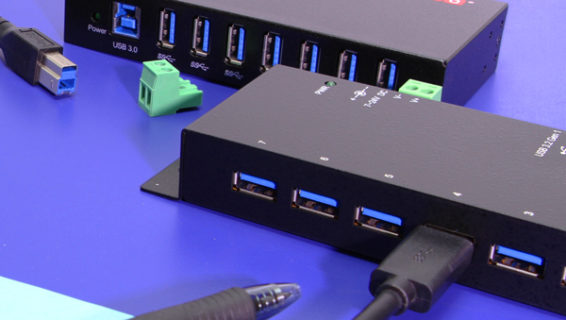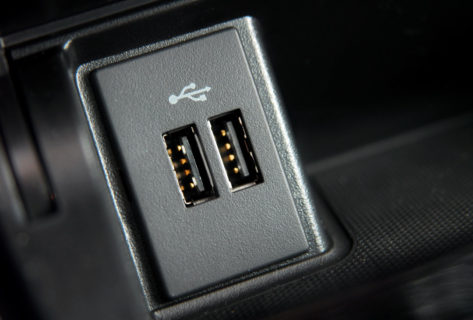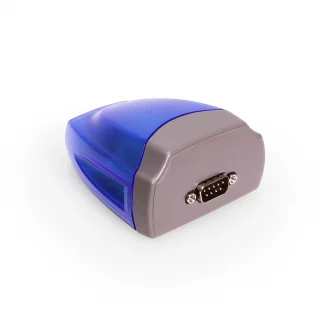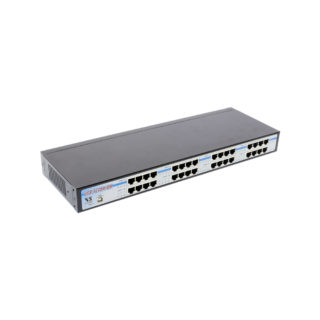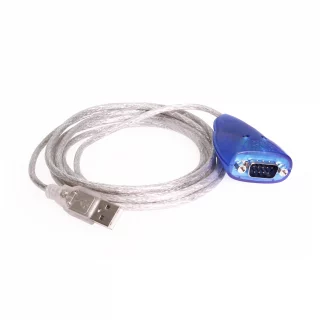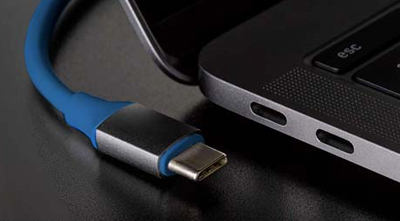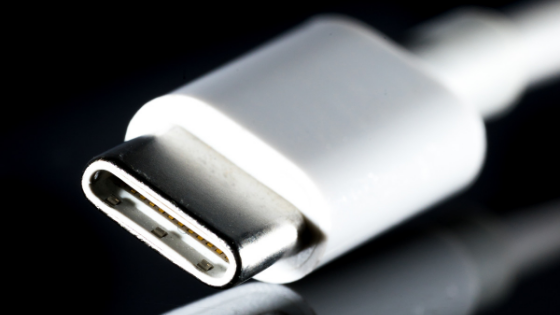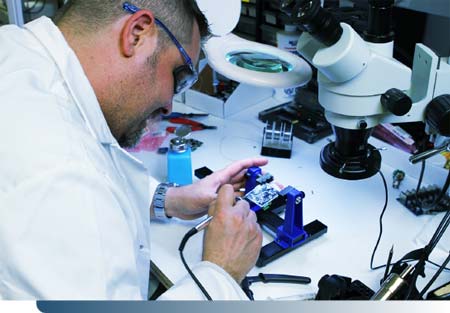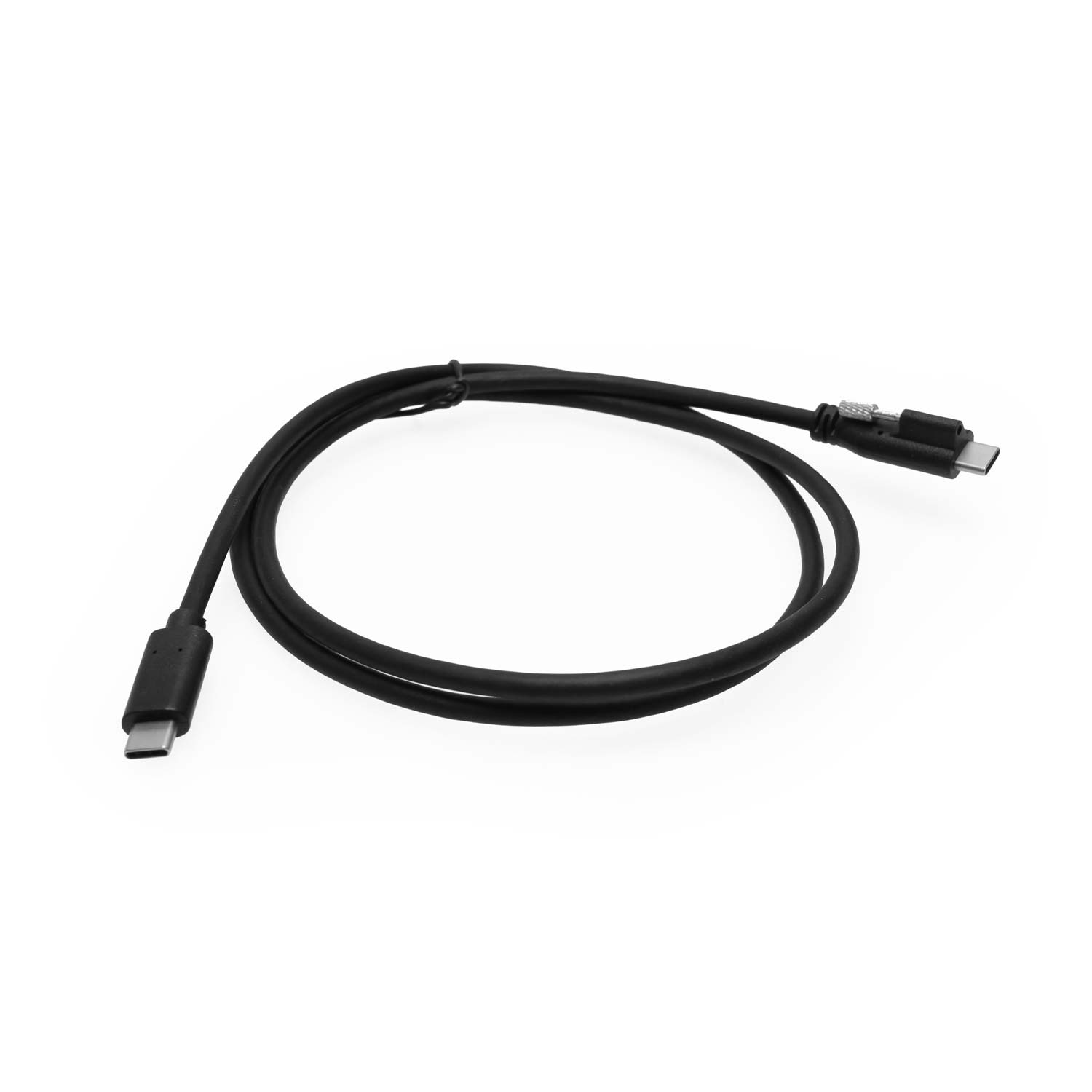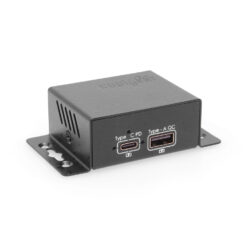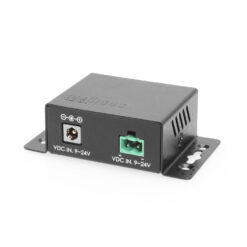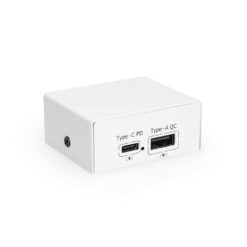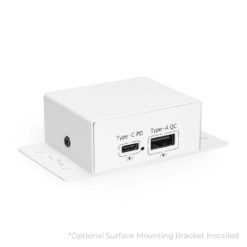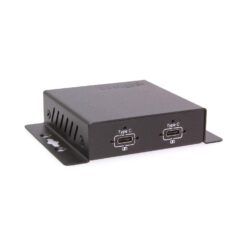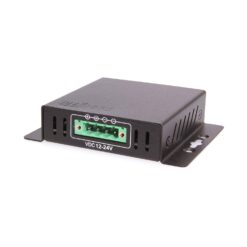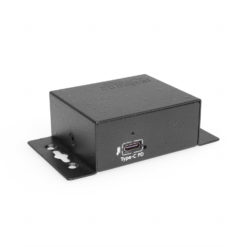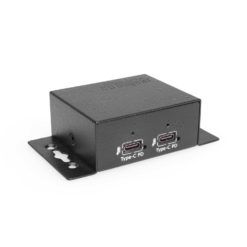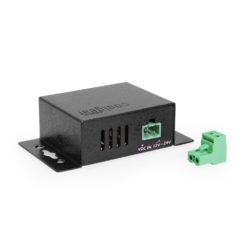![]() As our devices grow more powerful and portable, there’s an increasing demand for efficient, fast, and flexible charging solutions. Enter USB Power Delivery (USB PD), a revolutionary protocol designed to handle significantly higher power levels through USB connections. USB PD has become a key feature in many of today’s devices, including smartphones, laptops, tablets, and other electronics.
As our devices grow more powerful and portable, there’s an increasing demand for efficient, fast, and flexible charging solutions. Enter USB Power Delivery (USB PD), a revolutionary protocol designed to handle significantly higher power levels through USB connections. USB PD has become a key feature in many of today’s devices, including smartphones, laptops, tablets, and other electronics.
In this guide, we’ll dive into what USB Power Delivery is, how it works, and why it’s a game-changer in the world of power management and charging technology.
What is USB Power Delivery (USB PD)?
USB Power Delivery is a standard developed to enhance the power and charging capabilities of USB connections, especially with the introduction of USB Type-C. It allows devices to negotiate how much power they need and dynamically adjust the power being delivered, providing up to 100 watts of power.

This means that USB PD is capable of charging everything from smartphones to power-hungry laptops, significantly reducing charging times while enhancing safety and efficiency.
How Does USB Power Delivery Work?
USB Power Delivery enables power negotiation between the device being charged and the charger itself. Here’s how it works:
Dynamic Power Negotiation — Unlike traditional USB power standards (which typically max out at 2.5 watts or 15 watts with USB 3.0), USB PD allows devices to request the exact amount of power they need. This can range anywhere from 5W to 100W, depending on the power profile. The charger and the device communicate to ensure optimal power delivery, preventing overcharging or undercharging.
Flexible Voltage and Current — USB PD supports multiple voltage levels (5V, 9V, 12V, 15V, and 20V) and current up to 5 amps, allowing for more tailored charging across various devices. This flexibility makes USB PD capable of handling high-power devices like laptops or gaming consoles in addition to smaller gadgets.
Bi-Directional Power Delivery — One of the unique aspects of USB PD is its ability to deliver power in both directions. This means not only can a laptop charge from a USB PD power source, but the laptop itself could also act as a power source for smaller peripherals, such as a smartphone or external accessory.
Fast Charging — USB PD is often associated with fast charging. By dynamically adjusting power levels, devices can charge much faster than with traditional methods. For example, many smartphones can be charged to 50% or more in under 30 minutes using a USB PD charger.
Benefits of USB Power Delivery
USB Power Delivery is more than just a faster way to charge your devices; it brings a host of benefits to the table:
- Universal Charging Solution
With USB PD, a single charger can be used to power multiple types of devices—whether it’s your phone, tablet, laptop, or other USB-C enabled gadgets. This eliminates the need for separate chargers, cutting down on clutter and making it easier to stay powered on the go. - Increased Charging Speeds
Devices that support USB PD can charge significantly faster compared to traditional USB charging methods. This is especially important for devices with larger batteries, like laptops and tablets, where traditional chargers might take hours to deliver a full charge. - Efficient Power Usage
Since USB PD allows for dynamic power negotiation, it ensures that only the necessary amount of power is delivered. This prevents energy waste, reduces heat during charging, and extends the lifespan of your battery. - Enhanced Safety
USB PD includes several safety features such as overvoltage and overcurrent protection, ensuring that devices only receive the power they are designed to handle. This reduces the risk of damage from faulty chargers or inconsistent power supplies.
USB Power Delivery Profiles
USB Power Delivery uses specific power profiles that define how much power can be delivered to a device. These profiles range from basic power needs (5V) to higher-demand devices (up to 20V). The major profiles include:
| Profile | Power | Common Uses |
|---|---|---|
| 1 | 5V at 2A (10W) | Used for smartphones, smaller accessories, and basic devices. |
| 2 | 9V at 3A (27W) | Often used for tablets or medium-sized gadgets. |
| 3 | 15V at 3A (45W) | Suitable for some ultrabooks, tablets, or larger mobile devices. |
| 4 | 20V at 5A (100W) | Designed for power-hungry devices like laptops, gaming consoles, or external monitors. |
The power profile used depends on the needs of the device being charged and the capabilities of the charger. For example, a smartphone may only use 5W, but if connected to a USB PD charger that supports higher power profiles, it can request more power for faster charging.
However, as the demand for more powerful, energy-intensive devices increases, even 100W may fall short for certain applications. This is where USB Power Delivery Extended Power Range (USB PD EPR) steps in. Learn more about USB PD EPR here.
USB Power Delivery vs. Traditional Charging
While traditional USB charging methods are limited by fixed voltages and current (typically maxing out at 12W), USB PD dramatically expands these capabilities. Here are some key differences:
- Power Output: USB PD can provide up to 100W, whereas older USB standards top out at 12W or 15W.
- Faster Charging: USB PD enables fast charging for a wide range of devices, including laptops, whereas traditional USB charging is much slower.
- Bi-Directional Charging: Traditional USB only delivers power one way (from the charger to the device), but USB PD allows devices to share power with other gadgets.
Devices That Use USB Power Delivery
USB PD has been widely adopted across a variety of consumer electronics, and the list continues to grow. Some of the most common devices that benefit from USB Power Delivery include:
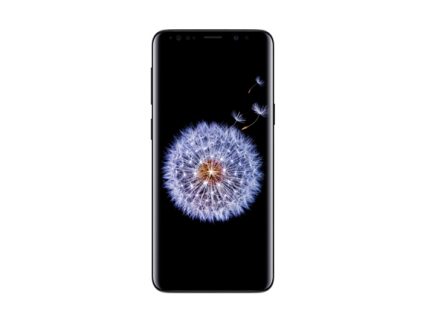
Smartphones
Many modern smartphones, including those from Apple, Samsung, Google, and others, support USB PD for fast charging.
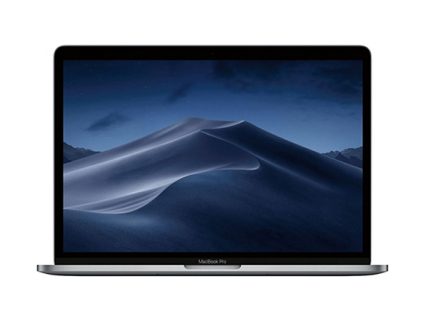
Laptops
USB-C laptops, including many models from Apple, Dell, HP, and Lenovo, use USB PD for power and charging.
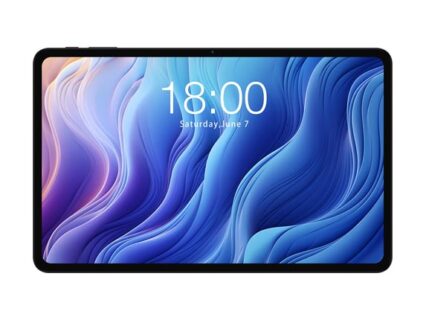
Tablets
USB PD is often used in tablets for fast and efficient charging, such as the iPad Pro or Microsoft Surface.
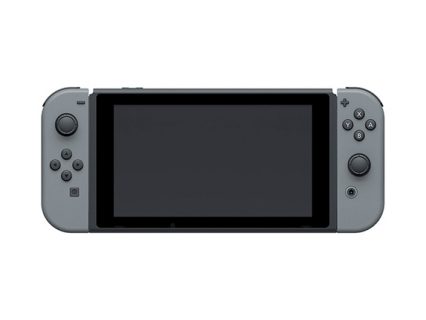
Gaming Consoles
Devices like the Nintendo Switch and some gaming laptops use USB PD to offer versatile charging options.
Choosing the Right USB PD Charger and Cable
Not all USB-C chargers and cables are the same, so it’s important to choose the right combination for your device to fully benefit from USB Power Delivery. Here are a few things to consider:
Wattage: Ensure the charger can deliver the necessary wattage for your device. For example, a laptop might require a 60W charger, like those within our ChargeIT! mini line, while a phone may only need 18W.
Cable Quality: The cable must support USB PD standards. Coolgear offers high-quality cables supporting PD and high data transfer rates. Cheaper cables may not handle higher power levels safely or effectively.
Device Compatibility: Verify that both your charger and device are USB PD-compatible to take advantage of fast charging and higher power delivery.
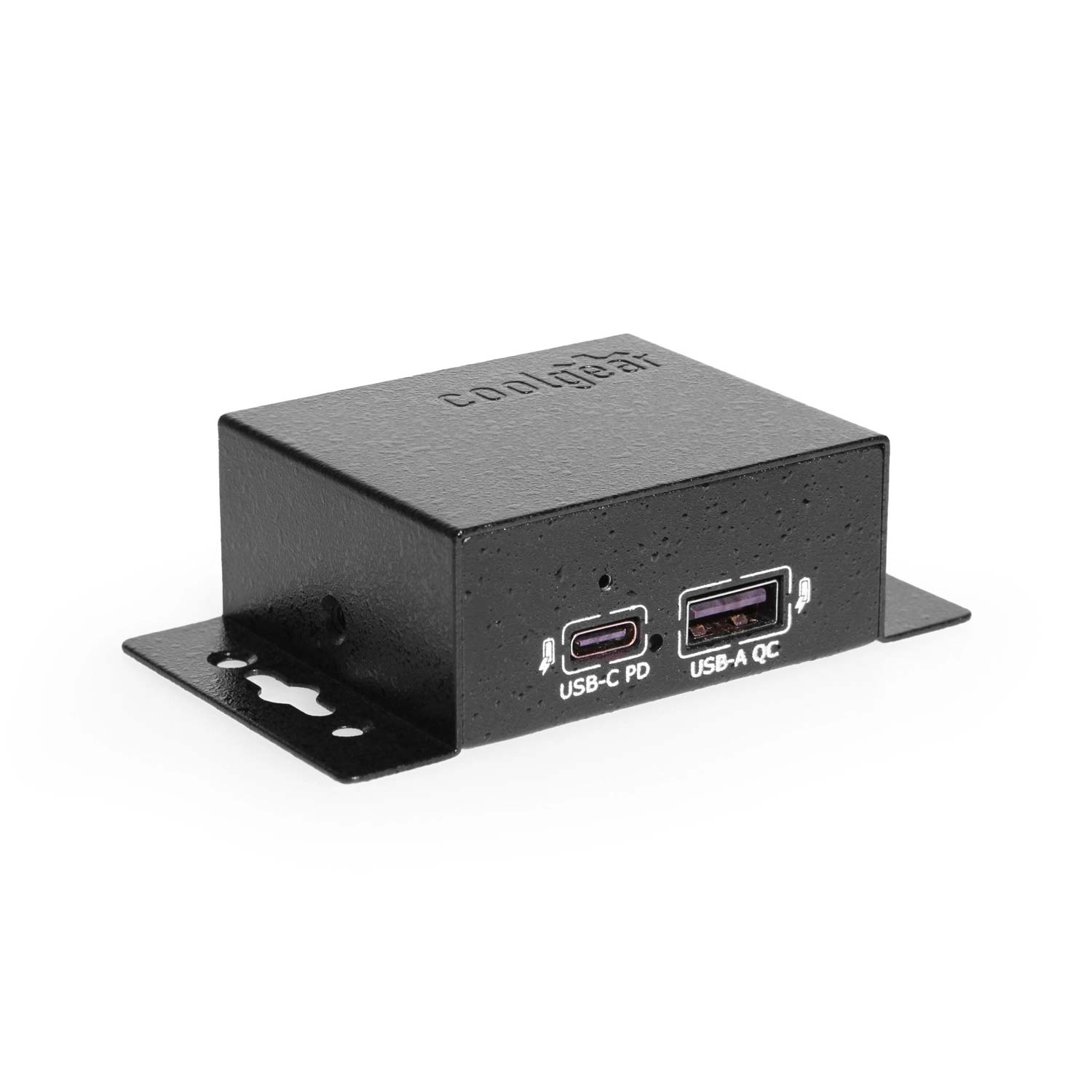
75W High-Power Charger
Model No. CG-PD60PPS
Type-C Screw-Lock Cable
Model No. CG-G2CCTSSL-05M
Conclusion
USB Power Delivery is a transformative technology that has revolutionized the way we charge our devices. Offering faster charging, more efficient power usage, and the ability to power a wide range of devices with a single charger, USB PD is leading the way toward a more streamlined and versatile power ecosystem.
As USB Power Delivery becomes increasingly adopted across industries, it’s quickly becoming the universal standard for powering our devices—whether you’re at home, in the office, or on the go.
Power Delivery ChargersView All ChargeIt! Mini PD Chargers
Visit Our Resource Center
Browse informative articles, explore customer case studies, and watch helpful how-to videos in our Resource & Learning Center. Stay up-to-date with the latest in USB technology and our products.
Visit the Resource CenterCustom Solutions for Your Install
Our team of experts and engineers can get you dialed in with a custom built soution for your install. Reach out today to speak with an engineer!
Custom Product RequestLearn More About Coolgear Labs
Innovation is at the heart of everything we do. Coolgear Labs is our dedicated space for research, development, and experimentation
Read More About Coolgear LabsBrowse Customers' Case Studies
Learn about real use cases from our customers where Coolgear products helped integrators and engineers solve real world problems.
View Our Case Studies


